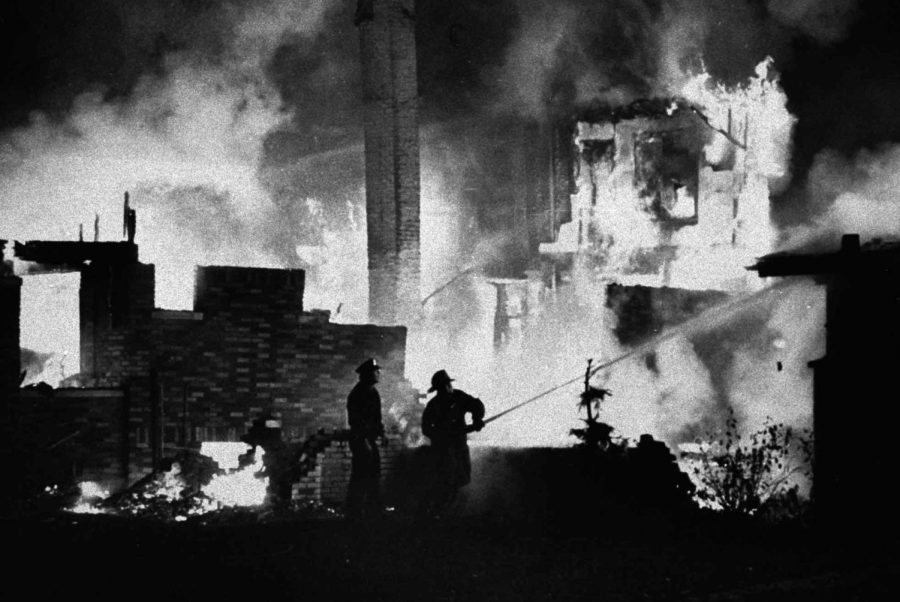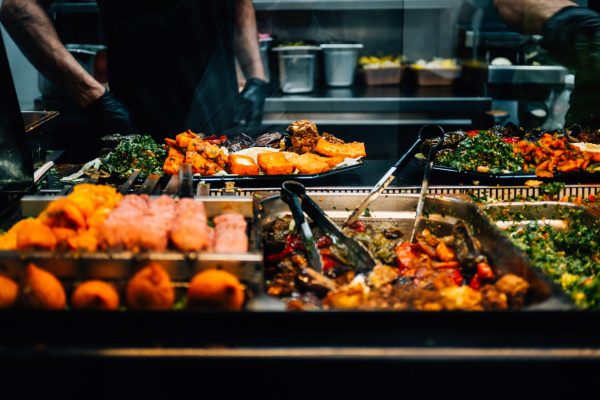“Devil’s Night” in Detroit
October 27, 2021
Detroit is often thought of as a city on the rise; a ‘phoenix,’ born again from the ashes of bankruptcy and systemic violence, but how accurate is this description? Downtown Detroit has seen significant improvement over the last few years. Despite a global pandemic, the skyline continues to expand, and the city seems to be doing better than ever. So why does Detroit still remain one of the most dangerous cities in the nation?
Detroit’s violent crime rate is 418% above the national average of 398.5 violent crimes per 100,000 people, sitting at 2,248.44 violent crimes per 100,000 people. This number puts Detroit in second place nationwide, falling just short of Memphis’ 2,418.24 violent crimes per 100,000 people. Despite the quiet of the pandemic, Detroit murders rose 20%. This is a shocking and terrifying statistic considering Detroit’s continuously dropping population. As Halloween approaches, many Detroiters prepare for parties, pumpkin carving, and other fall festivities; however, Detroit’s Halloween traditions have a much more sinister past. October 30th, known around the nation as “Devil’s Night,” has roots in light-hearted jokes such as ding-dong ditching and the TP-ing of homes. Devil’s Night is a holiday of its own, but this day is not as festive in Detroit. Due to Detroit’s severely recessed economy and alarming unemployment rates, Devil’s Night in Detroit is marked with vandalism, arson, and violent crimes. Neighborhoods often work together to patrol the streets in an attempt to prevent such behavior.
Over the past 15 years, Halloween week crime rates have steadily decreased, but with this new uptick in crime, how will this year’s Halloween play out? Let’s take a look at the previous year. Unemployment rates have steadied at an all-time low and show few signs of recovery. In cities that suffer from systemic poverty, like Detroit, citizens are often ignored and neglected, silenced by the people who make decisions. This silencing is called level one violence and leads to built-up anger. This anger is often displaced in the form of violent crime, drug use, and gang violence. It is evident that Detroit is pushing a dire issue under the rug while crime rates rise silently in the background.
Hopefully, this year, Halloween is fun, festive, and safe for all, but by the light of a far too familiar reality, be safe, Detroit.









